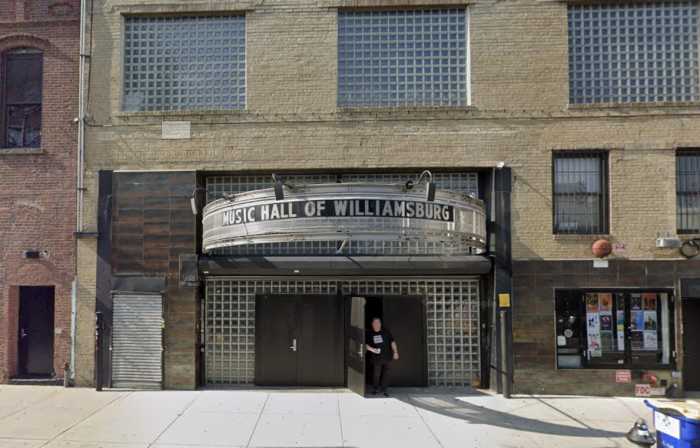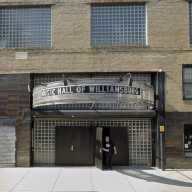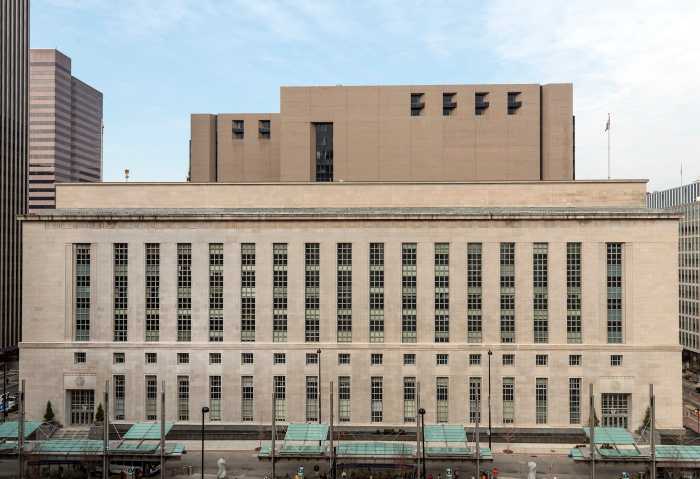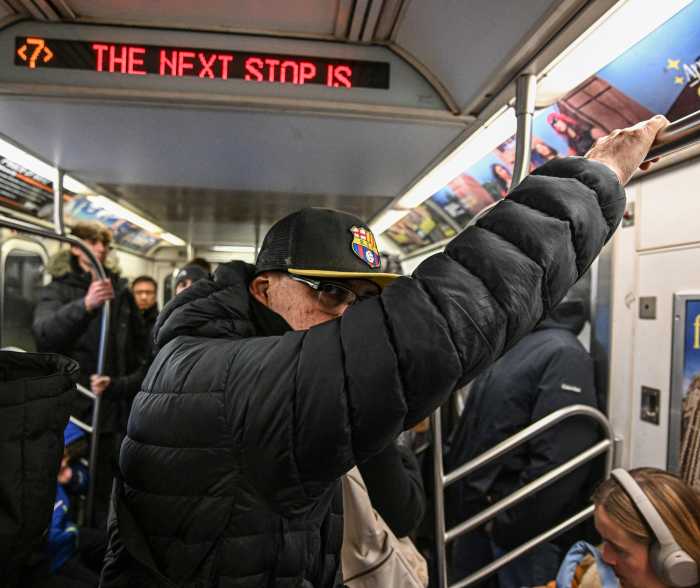Two Brooklyn elected officials this week called on the Metropolitan Transportation
Authority to extend the bidding process for development rights over the
Atlantic Avenue rail yards, saying the city should first be allowed to
come up with an overall plan for the site.
Brooklyn Heights Councilman David Yassky and Park Slope Assemblyman James
Brennan, both of whom had previously been silent on the controversial
development plan, this week fired off a letter to the MTA board calling
for the bid process to be left open.
Other officials, including Brooklyn Heights Assemblywoman Joan Millman,
were poised to sign the letter, according to a City Council official,
but pulled out at the last minute.
“The Assembly member wants to meet with Forest City Ratner first,”
said Sam Cooper, Millman’s chief of staff. “She just wanted
to express her concerns to Forest City Ratner first, and then express
her concerns to the public.
“She has not officially endorsed the [Ratner] project,” he added.
Yassky, who has previously said he supports an arena and development over
the rail yards which, bounded by Dean Street and Flatbush, Atlantic and
Vanderbilt avenues, lie outside of his district (though a new parcel of
the development site within his district was recently announced), said
his main problem is not with the specific proposal but the lack of public
review and city input.
“I have previously said that the project should go through ULURP
[the city’s Uniform Land Use Review Procedure] because I really do
not — I just think it’s not right to shut out the usual method
of community participation and elected official participation,” Yassky
told The Brooklyn Papers this week.
Brennan said he, too, supported the city creating guidelines for the site.
“There have been no hearings, nor has the outcome of any mitigation
proposals been prepared to deal with the impacts of subway, bus, or anything
involving what environmental impact studies are supposed to,” said
Brennan. “None of this has happened.
“By putting the yards out to bid, with a competition in which density
and money go together to bid for site control, you create a situation
in which the MTA is forcing any development to have maximum density.”
Yassky also raised issue with the MTA setting development imperatives
of which the city must later bear the brunt.
“My fear is that if the MTA locks a developer into a high sale price,
then the developer turns around and says, ‘Now I have to build 50-story
towers to make the money back,’” Yassky said.
“I don’t want that to be the dynamic,” he said. “To
me, the rational way to do this is for the responsible governmental bodies
to decide how much development they’re going to authorize, and then
the MTA can pick a bidder to do it.
“Otherwise you create the dynamic of people bidding to do bigger
buildings,” said Yassky. “I don’t see what the justification
would be for circumventing the rezoning process.”























